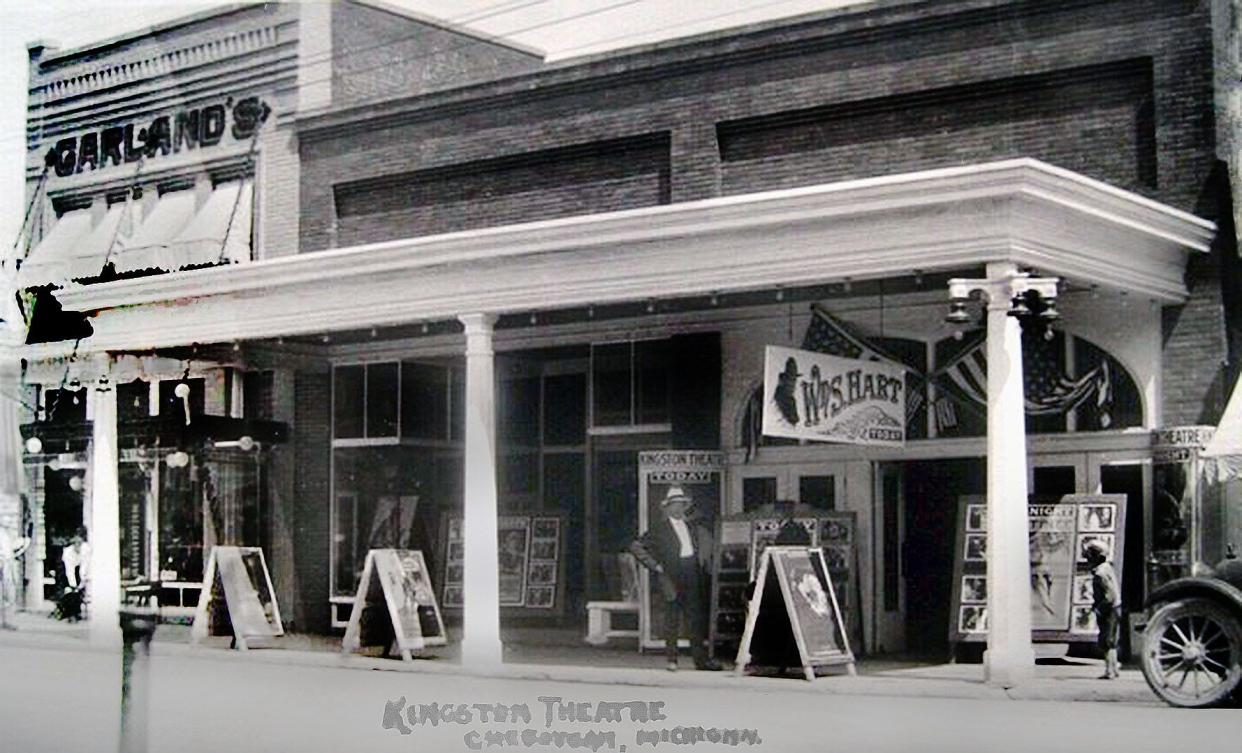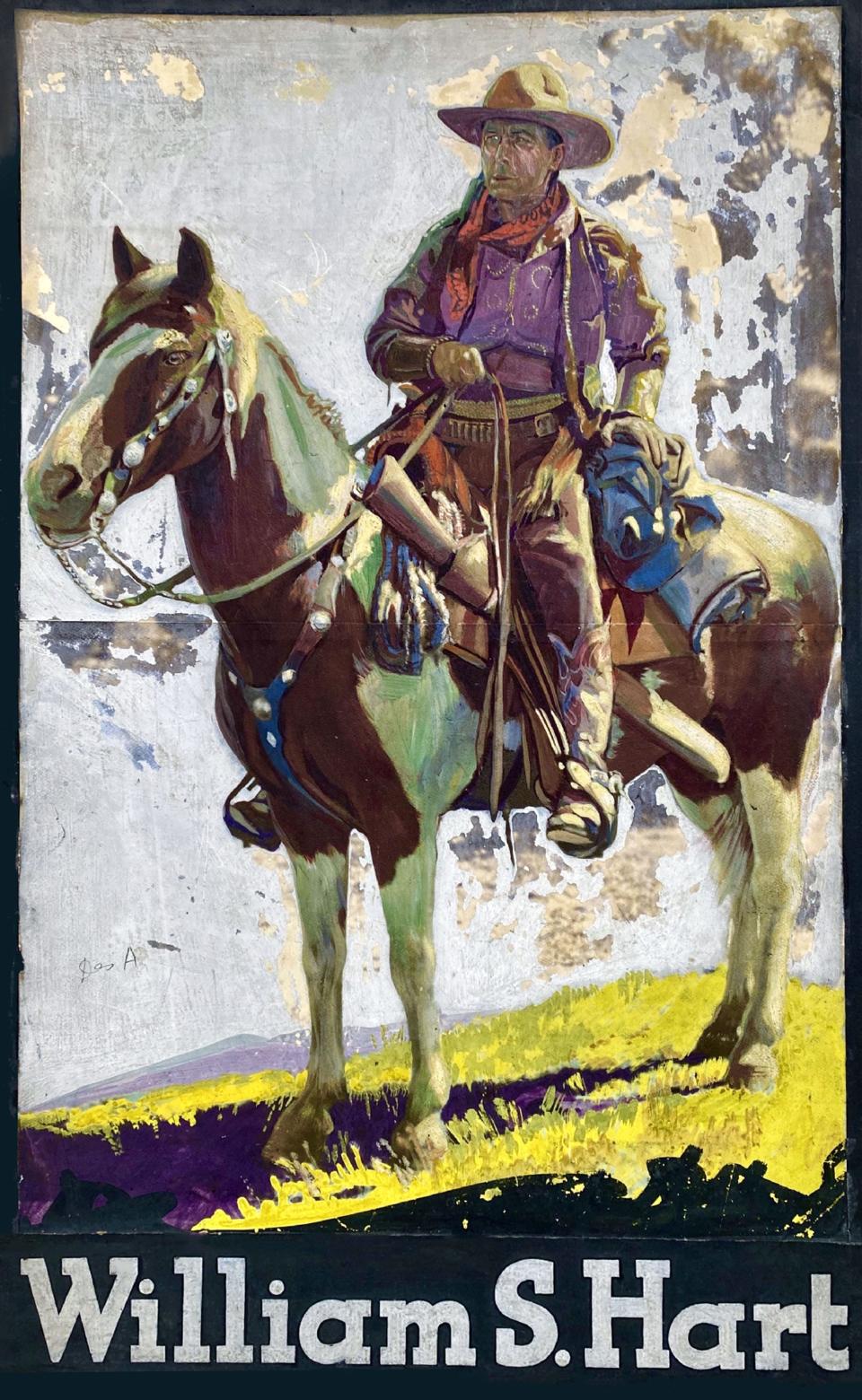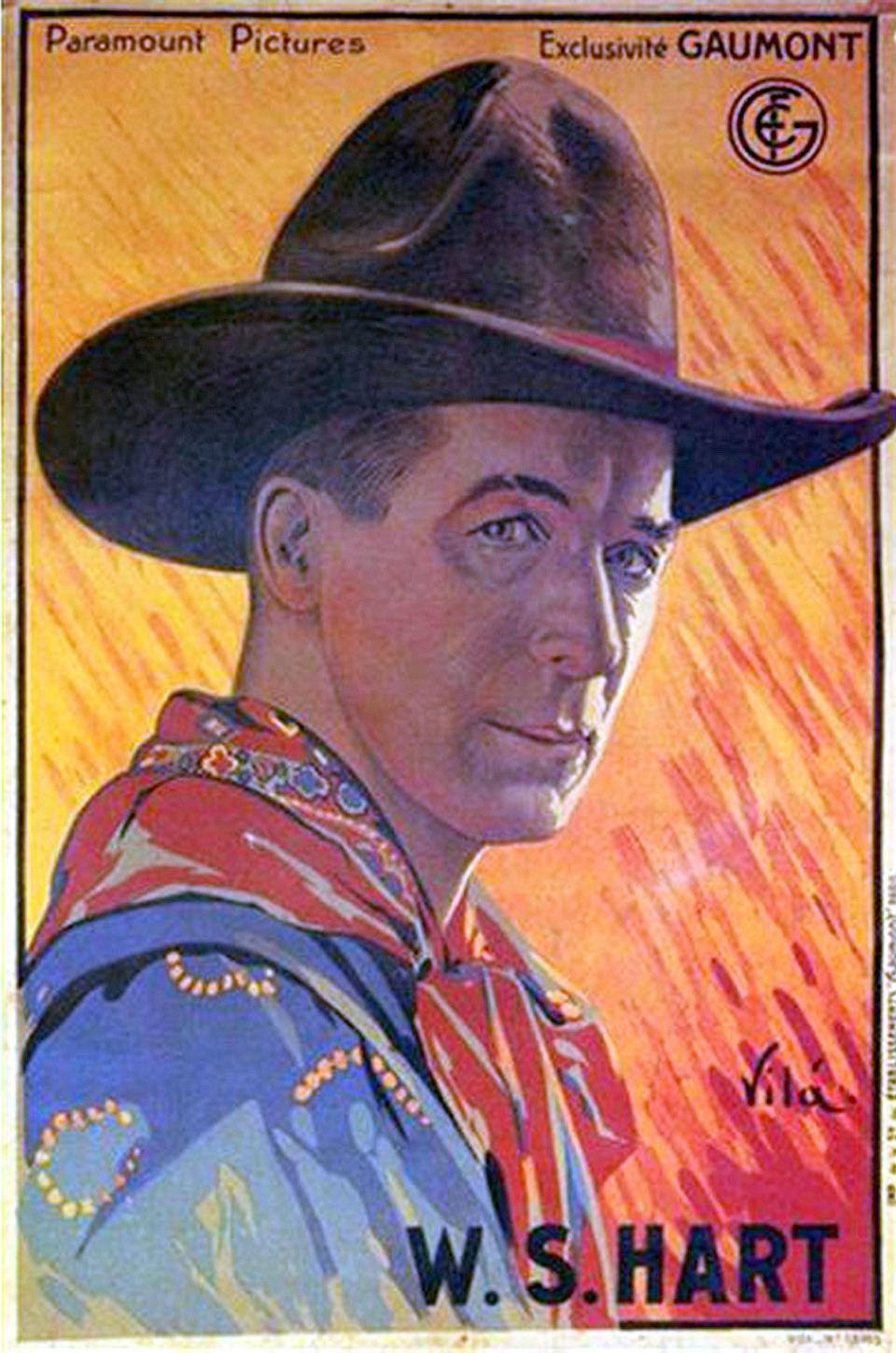History of the Opera House: The Kingston Theater opens, challenging the Opera House

With the advent of the first “The Electric Movie Theater,” in Cheboygan in 1907, at least 13 nickel theaters cropped up in pop up store fronts, most short-lived. The novelty of the short, silent movies pulled audiences away from the Opera House.
When the trend showed no signs of going away, a few more substantial theaters offered seating up to 200, putting the smallest theaters out of business. A group of entrepreneurs, including Roland Riggs, Mr. Wheeler, and Frank Kingston saw a way to work together to build one of the finest movie theaters in the state. Their vision for the theater incorporated both movies and live performances.
They bought a lot on Main Street from the grocer Bob Smith. Building commenced August 1919. All the investors were partial owners or leasers of the smaller theaters in Cheboygan, including the Liberty and the Strand. In a series of buyouts, Riggs bought Wheeler’s interests in the other theaters. When the new theater was almost complete, Kingston bought Riggs’ interests in it. Riggs moved the contents of the Liberty Theater and its crew to Mackinaw City.

This left Frank Kingston not only as sole proprietor of the theater but with a monopoly on the theaters in Cheboygan. The Cheboygan Democrat reported, “The Kingston theater will hereafter have an open field, and it surely ought to supply it satisfactorily for a long time to come. The house is everything that could be desired. It is big and roomy and is splendidly equipped.”
Within a week, on April 26, 1920, the Kingston Theatre opened its doors with the new blockbuster hit that grossed over a million dollars in its first year, “Pollyanna,” produced by and starring Mary Pickford. Pickford appeared live at the Opera House in 1903 when she was eleven years old. The audience flocked to the grand opening of the Kingston, standing in line on the sidewalk, surrounded by dozens of brilliantly colored deco designed posters on walls and easels. Because most of the silent movies were “shorts,” some less than 10 minutes, there were a lot of shows to sell.
The Cheboygan Democrat was there for the opening.
“The several doors at the front open into a spacious room, in the center of which is the ticket office, a very pretty little booth finished in gold and white as is the whole of the room in which the ticket office is located. The room is sufficiently large to enable much advertising to be placed therein on easels and in such a way as is usually pursued by the best show houses.”
Under an ornate tin ceiling the ticket holders walk up the floor, “which gradually rises toward the rear. This room is spacious and pretty, being hung with pictures of famous movie stars and with wall decorations fitting the place. At just the peak of the floor rises another spacious foyer running the width of the big building. In the center is a pretty vase like arrangement in the top of which is clustered a number of electric bulbs that diffuse a soft, pleasing light to the whole foyer and brings out the wall tones and decorative effects to the best advantage. At the sides of this foyer are rooms for the convenience of the patrons
One enters the main auditorium from this last foyer, and there before him is one thousand seats spaced far enough apart to give all plenty of elbow room, lots of breathing space and wide aisles, enabling all to get to their seats without walking over others.”

The only box seats were in the balcony, giving the theater a capacity of 1063. The stage was said to have a trap door, dressing rooms underneath the stage, and an orchestra pit in front, like the Opera House. The orchestra, led by C.B. Eby, played for both the silent movies and the vaudeville acts. Exits were wide, designed to clear patrons out quickly in the event of fire. The projection booth was encapsulated in a lining of asbestos and steel for fireproofing.
Some sort of early air conditioning kept the patrons comfortable. “The air of the house can be changed every two minutes when necessary and in warm weather and it will not be necessary to breathe the stuffy atmosphere of some many of the improvised movie houses of the country. ...”
Every seat was filled both nights of “Pollyanna.” The Cheboygan Democrat dubbed the theater “The Finest in the State Outside of Detroit.”
In April 1920, cowboy movie star William S. Hart got top billing. Live shows included “polite vaudeville,” and family entertainment like roller skaters who performed stunts on stage. The 1,000-seat theater was also booked for political conventions and other large meetings that formerly used the Opera House.
“The people so far have been more interested in the beauty and in the greatness of the house than in the shows and it will take quite a while for this to wear off.”
The Kingston Theatre and the Opera House were competitors for the same customers of live theater. They both survived, only to face even greater competition, progress. Soon radio and television brought shows right into people’s homes. As the home entertainment industry grew, so did the human desire for quality amusement.
Over the years, these priceless icons, the Kingston and the Opera House drew millions of people through their doors, to enjoy the stories, to lose themselves in the music and to walk out of the theaters together, sharing a common experience.
— Kathy King Johnson is former executive director of the Cheboygan Opera House.
This article originally appeared on Cheboygan Daily Tribune: History of the Opera House: The Kingston Theater opens, challenging the Opera House

